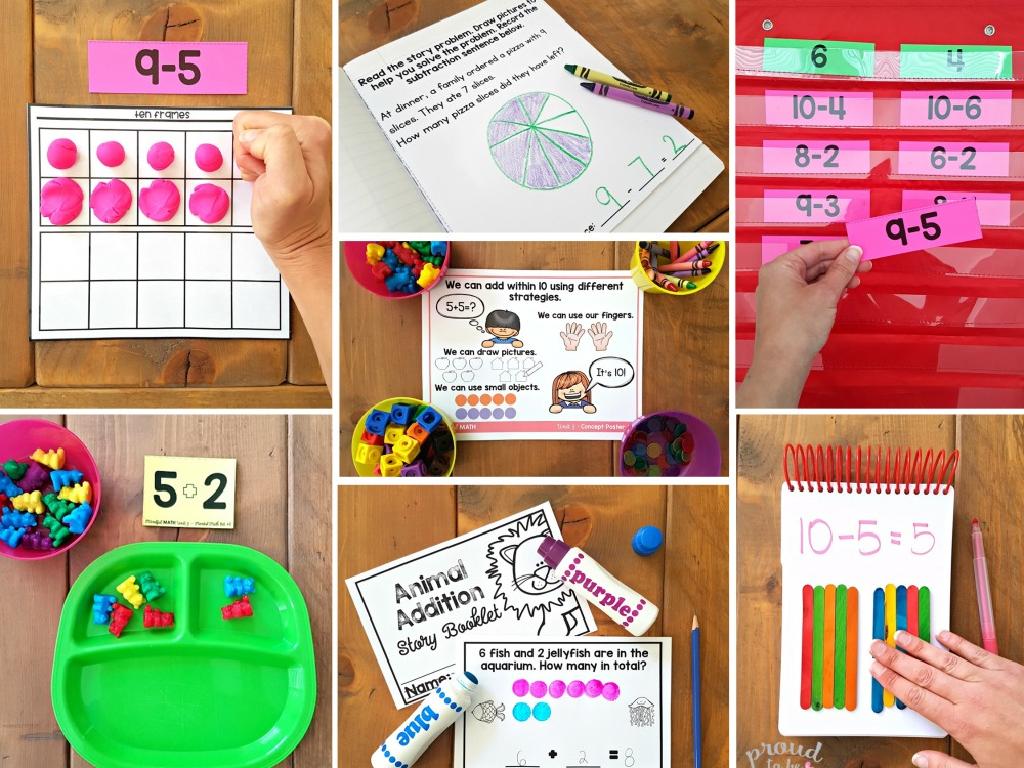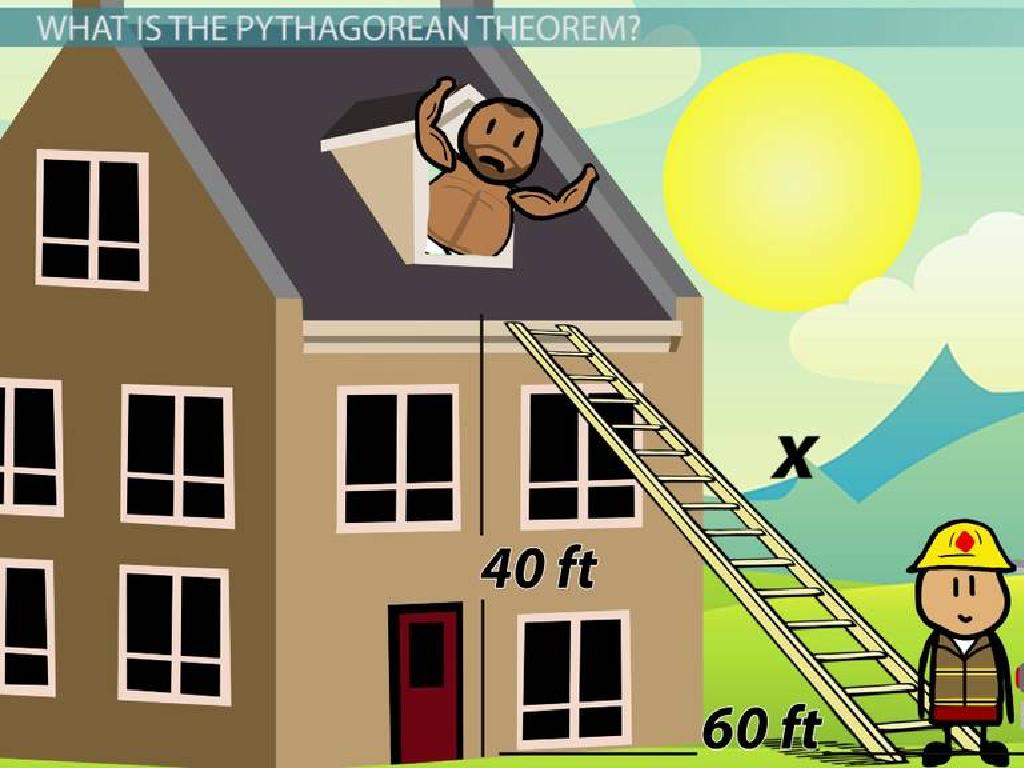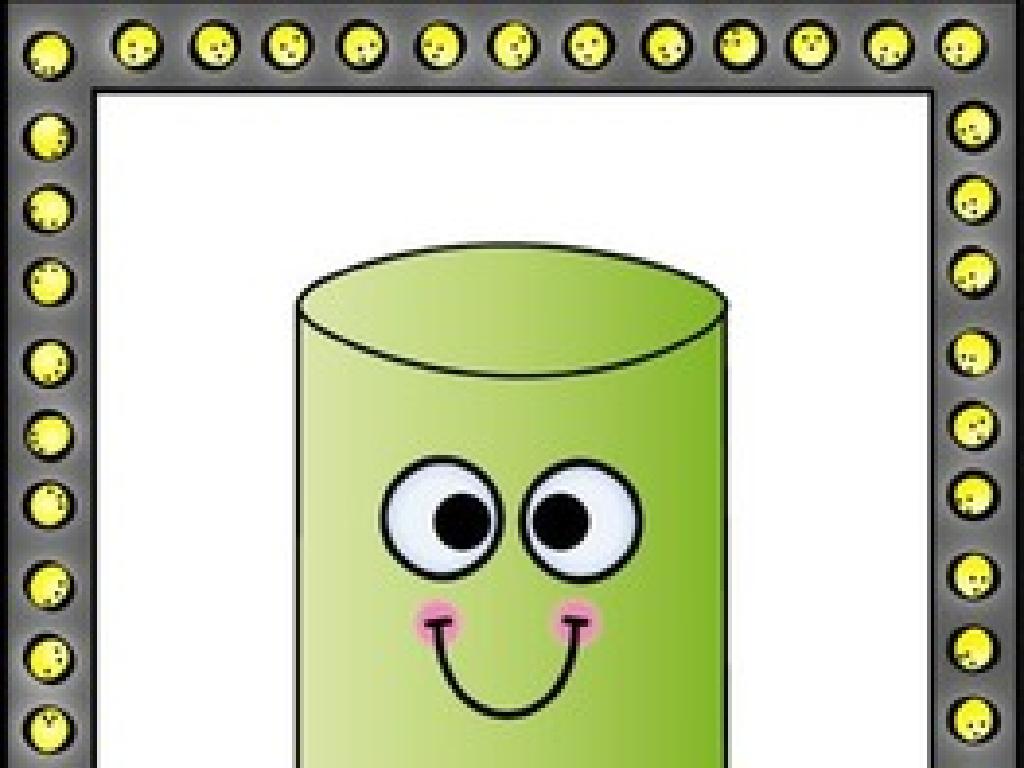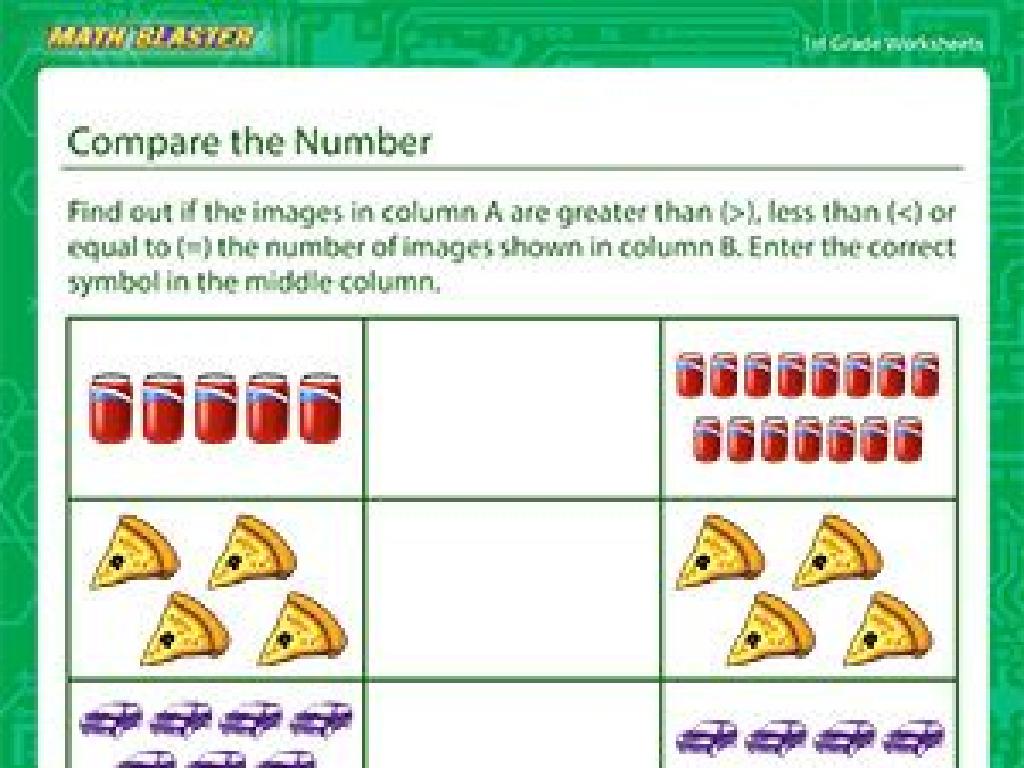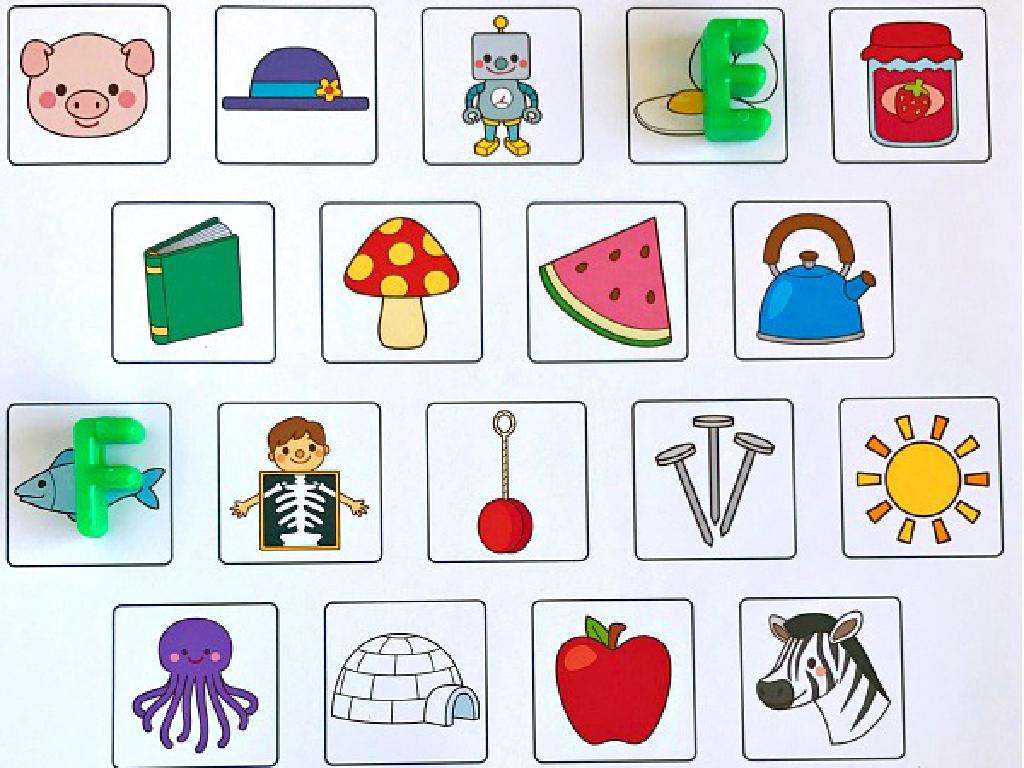Calculate Amounts Of Reactants Or Products In Chemical Reactions
Subject: Science
Grade: Sixth grade
Topic: Chemical Reactions
Please LOG IN to download the presentation. Access is available to registered users only.
View More Content
Introduction to Chemical Reactions
– What is a chemical reaction?
– It’s a process where substances change into new ones.
– Substances transform during reactions
– Reactants turn into products with different properties.
– Common reactions in daily life
– Baking a cake, rusting iron, and digesting food.
– Observing reaction changes
– Changes like color, temperature, and bubbles indicate a reaction.
|
Begin the lesson by defining a chemical reaction as a process that transforms substances into new materials with different properties. Explain that the substances we start with are called reactants and what they turn into are products. Provide relatable examples such as baking, where ingredients (reactants) turn into a cake (product), or rust forming on iron. Encourage students to think of more examples from their daily lives. Highlight observable signs of a chemical reaction, such as color change, temperature change, gas production (bubbles), or the formation of a precipitate. This will help students to identify and understand chemical reactions in the world around them.
Reactants and Products in Chemical Reactions
– Define Reactants
Reactants are substances that start a chemical reaction.
– Define Products
Products are substances formed as a result of a chemical reaction.
– Reactants to Products process
Reactants undergo chemical changes to form new substances, the products.
– Role in Chemical Reactions
Understanding the role of each helps predict reaction outcomes.
|
This slide introduces the basic concepts of reactants and products in chemical reactions. Reactants are the starting materials in any chemical reaction, while products are the end result of this process. It’s crucial for students to grasp that during a chemical reaction, reactants are transformed into products through the breaking and forming of chemical bonds. Emphasize the importance of balancing chemical equations to ensure that the amount of reactants equals the amount of products, following the Law of Conservation of Mass. Provide examples of simple reactions, such as the combination of hydrogen and oxygen to form water, to illustrate these concepts. Encourage students to think of reactants as ‘ingredients’ and products as the ‘finished dish’ to make the idea more relatable.
Balancing Chemical Equations
– Purpose of balancing equations
To follow the Law of Conservation of Mass and make sure atoms are equal on both sides of the equation.
– Law of Conservation of Mass
Matter is neither created nor destroyed in a chemical reaction.
– Steps to balance equations
Count atoms, add coefficients, and iterate until balanced.
– Practice with examples
Use simple reactions for hands-on practice.
|
This slide introduces the concept of balancing chemical equations, which is crucial for students to understand the stoichiometry in chemical reactions. Start by explaining the purpose of balancing equations, emphasizing that it’s necessary to reflect the Law of Conservation of Mass. This law states that in a closed system, matter is not created or destroyed. Therefore, the same number of each type of atom must be present on both sides of a chemical equation. Walk through the steps to balance an equation, starting with listing the number of atoms of each element on both sides, then adding coefficients to balance these numbers. Provide simple examples for students to work through, reinforcing the concept with hands-on practice. Encourage students to ask questions and work together to solve example equations.
Calculating Reactants and Products in Chemical Reactions
– Use coefficients for calculation
– Coefficients in equations show the ratio of molecules involved.
– Introduction to the mole concept
– A mole represents 6.022 x 10^23 particles of a substance.
– Understanding Avogadro’s number
– Avogadro’s number is the number of units in one mole of any substance.
– Significance in reactions
– Helps in predicting the amounts of reactants and products.
|
This slide introduces the foundational concepts for calculating the amounts of reactants and products in chemical reactions. Start by explaining how coefficients in chemical equations represent the proportional amounts of reactants and products. Introduce the mole concept as a standard unit of measurement in chemistry, which simplifies the quantification of particles. Avogadro’s number, a constant, defines the quantity of particles in a mole and is crucial for these calculations. Emphasize the importance of these concepts in predicting the outcome of chemical reactions, which is a key skill in understanding and applying chemistry. Provide examples of balanced chemical equations and demonstrate how to use the coefficients and Avogadro’s number to calculate the amounts of substances involved.
Stoichiometry in Chemical Reactions
– Understanding Stoichiometry
– Stoichiometry is like a recipe for chemistry, telling us the amounts of substances needed.
– Calculating Reactants & Products
– Use balanced chemical equations to find out how much of each substance is involved.
– Baking a Cake Analogy
– Just like baking, you need the right amount of ingredients for a perfect cake.
– Practice with Real Examples
– We’ll apply stoichiometry to figure out how much of each chemical is needed in reactions.
|
Stoichiometry is a fundamental concept in chemistry that involves calculating the amounts of reactants and products in chemical reactions. It’s similar to following a recipe when baking a cake, where precise amounts of ingredients are crucial for the desired outcome. By understanding the balanced chemical equation, students can determine the proportions of reactants needed to produce a certain amount of product. This slide will introduce the concept and its importance, followed by an analogy to make the idea more accessible, and then move on to real-world examples where students can apply their knowledge.
Solving Chemical Equations
– Solve a chemical equation
– Identify reactants and products
– Reactants are substances before reaction, products are after.
– Balance the equation
– Make sure atoms on both sides are equal.
– Calculate reactant and product amounts
– Use balanced equation to find how much of each substance is needed or made.
|
This slide is designed as a class activity to engage students in solving a chemical equation. Start by presenting a simple chemical equation and guide the students through the process of identifying the reactants (substances before the reaction) and the products (substances after the reaction). Next, demonstrate how to balance the equation by ensuring that there are equal numbers of each type of atom on both sides of the equation. Once the equation is balanced, show students how to use stoichiometry to calculate the amounts of reactants needed or the amounts of products formed. Provide a step-by-step example and then let students try solving a similar problem in pairs or small groups. Possible activities include balancing different equations, calculating reactant amounts for a given product amount, and vice versa. This hands-on practice will help solidify their understanding of chemical reactions and stoichiometry.
Class Activity: Chemical Reaction Skit
– Divide into groups for a skit
– Each group gets a chemical equation
– Create a skit representing the reaction
– Use props to symbolize reactants and products
– Present the skit to the class
|
This interactive class activity is designed to help students understand chemical reactions in a fun and engaging way. By dividing the class into small groups, each group will be assigned a different chemical equation to work with. They will then create a short skit that personifies the reactants and products, helping them visualize and internalize the concept of chemical reactions. Encourage creativity in how they represent molecules and the reaction process. Possible equations to assign include the combination of vinegar and baking soda (acetic acid and sodium bicarbonate), photosynthesis, or the rusting of iron. Ensure that each group understands their equation before they start and provide guidance as needed. The presentations will allow students to learn from each other and reinforce their understanding of the subject matter.
Wrapping Up: Chemical Reactions
– Recap of chemical reactions
– Why reactions matter
– Homework: Balance equations
– Balance provided chemical equations for practice
– Homework: Calculate amounts
– Use balanced equations to calculate reactants/products
|
As we conclude today’s lesson, remind students of the key concepts we’ve covered about chemical reactions. Emphasize the importance of understanding these reactions in everyday life, such as cooking or the rusting of iron. For homework, students are tasked with balancing a set of chemical equations to reinforce their understanding of the law of conservation of mass. Additionally, they will calculate the amounts of reactants or products using stoichiometry, which is crucial for predicting the outcomes of chemical reactions. Provide examples of balanced equations and step-by-step instructions on how to approach the calculations. Encourage students to seek help if they encounter difficulties with the homework.

